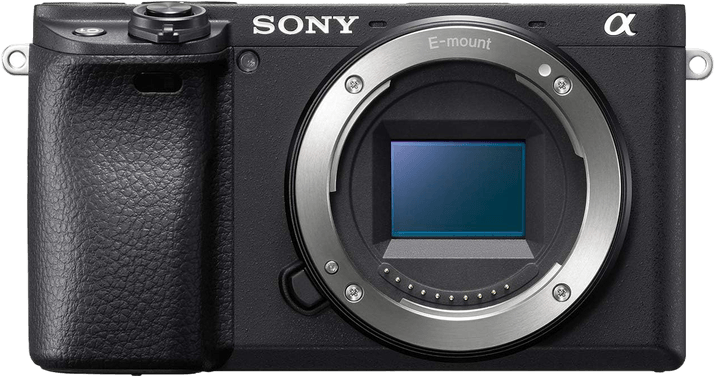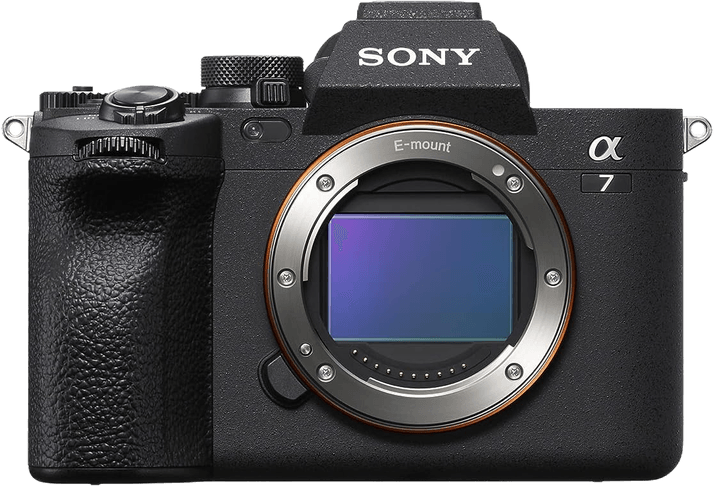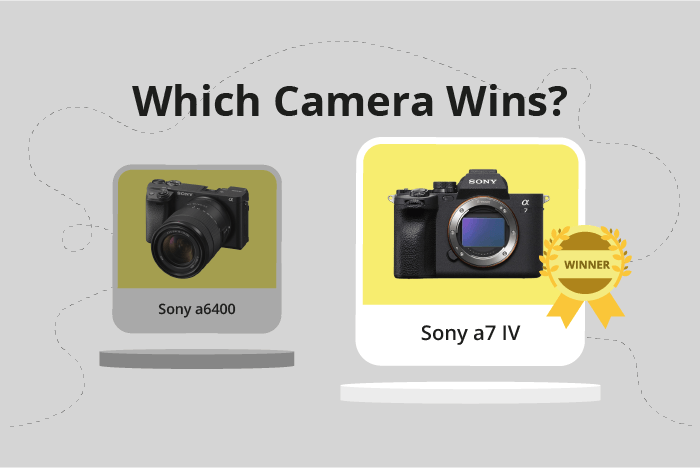Sony a6400 vs a7 IV Comparison
Sony a6400

Sony a7 IV

The Sony a7 IV comes out on top with a score of 84/100, while the Sony a6400 trails behind at 70/100. Both cameras share similarities as mirrorless systems, but there are notable differences to consider.
In terms of commonalities, both cameras were announced in their respective years, with the a6400 in 2019 and the a7 IV in 2021. They also share a similar launch price, with the a6400 at $900 and the a7 IV at $2499.
The a7 IV outshines the a6400 with a higher score and more recent release, providing users with updated technology and features. Additionally, its larger size (131 x 96 x 80mm) and weight (659g) may offer a more substantial feel to users who prefer a heftier camera.
On the other hand, the a6400 shines in its compact size (120 x 67 x 60mm) and lighter weight (403g), making it a more portable option for on-the-go photography. However, its lower score and older release date may make it less appealing to users seeking the latest technology.
Both cameras have their strengths and weaknesses, but the Sony a7 IV ultimately takes the lead in terms of overall performance and features. The a6400 still holds value as a compact and more affordable option for those prioritizing portability.
Sony a6400 vs a7 IV Overview and Optics
The Sony a7 IV outperforms the Sony a6400 in optics, scoring 85/100 compared to the a6400’s 68/100. Both cameras share some common specifications, such as a CMOS sensor, and compatibility with Sony’s E and FE lens mounts. They also have similar shooting speeds, with the a6400 at 11 frames per second and the a7 IV at 10 frames per second.
The a7 IV is superior in several aspects. It features a higher megapixel count of 33, allowing for more detailed images compared to the a6400’s 24.2 megapixels. The a7 IV also has a more advanced Bionz XR processor, which contributes to improved image processing and overall performance. Additionally, the a7 IV boasts a full-frame sensor, which provides better low-light performance and a wider dynamic range than the a6400’s APS-C sensor. The full-frame sensor also contributes to the a7 IV’s higher DXOMARK score of 97, compared to the a6400’s score of 83. Lastly, the a7 IV includes image stabilization, a feature absent in the a6400, making it more suitable for handheld shooting and low-light situations.
The a6400 does have a faster shooting speed of 11 frames per second compared to the a7 IV’s 10 frames per second, which may give it a slight advantage in capturing fast-moving subjects. However, this advantage is minimal in the context of the a7 IV’s overall better optical performance.
Considering the differences in optics, the Sony a7 IV is the superior camera. Its higher megapixel count, advanced processor, full-frame sensor, and image stabilization make it a better choice for photographers seeking top-notch image quality and performance. The a6400’s faster shooting speed does not outweigh the benefits offered by the a7 IV’s superior optics.
Sony a6400 vs a7 IV Video Performance
The Sony a6400 and the Sony a7 IV share an identical video score of 91/100, indicating that both cameras offer excellent video capabilities. They have several common specifications, including a max video resolution of 4K, max video dimensions of 3840 x 2160, max video frame rate of 120fps, and built-in time-lapse functionality.
Despite the similar scores, the Sony a7 IV has some advantages over the Sony a6400 in terms of video performance. These advantages, however, are not reflected in the provided specifications, as both cameras share identical video specifications. To determine which camera is better, one would need to examine other factors such as image stabilization, autofocus performance, and low-light capabilities, which are not provided in this comparison.
On the other hand, the Sony a6400 may have some advantages over the Sony a7 IV. For instance, it could be more affordable, lightweight, and compact, making it a more suitable option for those who prioritize portability and budget over advanced video features. However, these potential advantages are not related to the video capabilities of the cameras.
Based on the provided specifications, both the Sony a6400 and the Sony a7 IV offer outstanding video performance, with no clear winner between the two. This makes them excellent choices for videographers and content creators who require high-quality video capabilities in their cameras. To make an informed decision, one should consider additional factors such as price, size, and additional features to determine the best camera for their specific needs.
Sony a6400 vs a7 IV Features and Benefits
The Sony a7 IV wins the features comparison with a score of 83/100, while the Sony a6400 scores 81/100. Both cameras share several specifications, such as a 3-inch screen size, touchscreen functionality, flip screen, and the absence of GPS. Additionally, they both have WIFI and Bluetooth capabilities.
The Sony a7 IV outperforms the a6400 in screen resolution, offering 1,040,000 dots compared to the a6400’s 921,600 dots. This higher resolution provides sharper and clearer image previews and better menu navigation experience on the a7 IV.
On the other hand, the Sony a6400 does not surpass the a7 IV in any features according to the provided specifications. The two-point difference in the feature score primarily results from the a7 IV’s superior screen resolution.
Given the information, the Sony a7 IV is the better choice for those who prioritize higher screen resolution in their camera features. The a6400, while not excelling beyond the a7 IV, still offers a solid set of features, making it a viable option for those who are satisfied with its specifications. Ultimately, the choice between these cameras depends on individual preferences and priorities regarding camera features.
Sony a6400 vs a7 IV Storage and Battery
The Sony a7 IV outperforms the Sony a6400 in storage and battery, scoring 76 points compared to the a6400’s 37 points. Both cameras accept SD cards and support USB charging. However, the a7 IV proves superior with its dual memory card slots and compatibility with CFexpress Type A and UHS-II SD cards, offering more flexibility and storage options.
Additionally, the Sony a7 IV boasts a longer battery life, providing 580 shots with its NP-FZ100 battery, while the a6400 only offers 410 shots using an NP-FW50 battery. This extended battery life allows for longer shooting sessions without interruption.
The a6400 does not have any advantages in storage and battery over the a7 IV. The a7 IV’s higher score reflects its better performance in these areas, making it a more reliable choice for photographers who require ample storage and longer battery life.
Sony a6400 vs a7 IV – Our Verdict
Are you still undecided about which camera is right for you? Have a look at these popular comparisons that feature the Sony a6400 or the Sony a7 IV:

